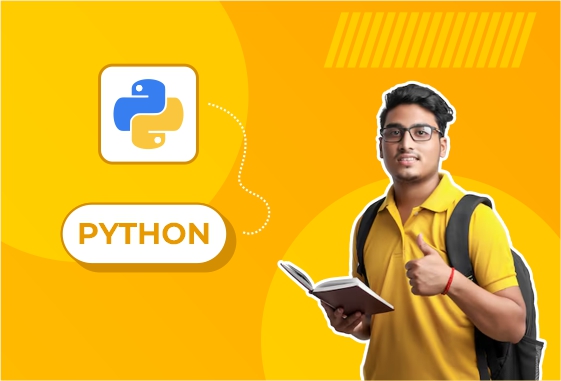
Real-Time Chat Application
Real-Time Chat Application Using Python: Summary Explanation
A Real-Time Chat Application built with Python allows users to communicate instantly with one another over the internet. This chat system can be created using Python's networking and multithreading capabilities to handle real-time communication between clients and a server.
The system typically consists of two main components:
Server: Handles incoming client requests, maintains a list of connected clients, and facilitates the messaging between them.
Client: Allows users to send and receive messages in real time.
Python's built-in libraries such as socket and threading make it simple to implement real-time communication. Socket programming allows creating a network connection between the server and multiple clients, while threading ensures that the server can handle multiple client connections simultaneously.
Key Features of the Real-Time Chat Application:
Real-Time Messaging:
Users can send messages instantly to other users connected to the server.
Messages are displayed as they are received without delay.
Multiple Clients:
Multiple users can connect to the server and chat with each other in real time.
Each client is represented by a unique thread on the server.
Private and Group Chats (Optional):
You can implement features for private messages between two users or group chats with multiple participants.
User Identification:
Users can choose a nickname or username when connecting to the server.
The server can manage and display active users.
Client-Server Communication:
The client sends messages to the server, which broadcasts them to other connected clients.
The server handles incoming messages and routes them to the appropriate recipients.
Chat History (Optional):
Optionally, you can save the chat history to a file or a database, allowing users to review previous conversations.
Technologies and Tools:
Python 3: The primary programming language.
Socket Programming: For creating the connection between the server and clients.
Threading: For handling multiple clients simultaneously on the server.
Tkinter (Optional): For creating a GUI interface for the client-side.
Explanation of the GUI Client:
The GUI uses Tkinter to create a simple window with a text box (scrolledtext) to display the chat messages, a text entry field for typing messages, and a send button.
The send_message function sends the typed message to the server, while the receive_message function listens for messages from the server and displays them in the chat_box.
This approach provides a more user-friendly interface for the chat application.
Conclusion:
A Real-Time Chat Application built using Python allows users to send and receive messages instantly through a client-server architecture. The server handles multiple client connections, while clients send and receive messages in real time. The application can be extended with features such as private messaging, user authentication, and GUI interfaces using libraries like Tkinter. By using Python's socket programming and threading, you can easily create a simple yet effective real-time chat system.





